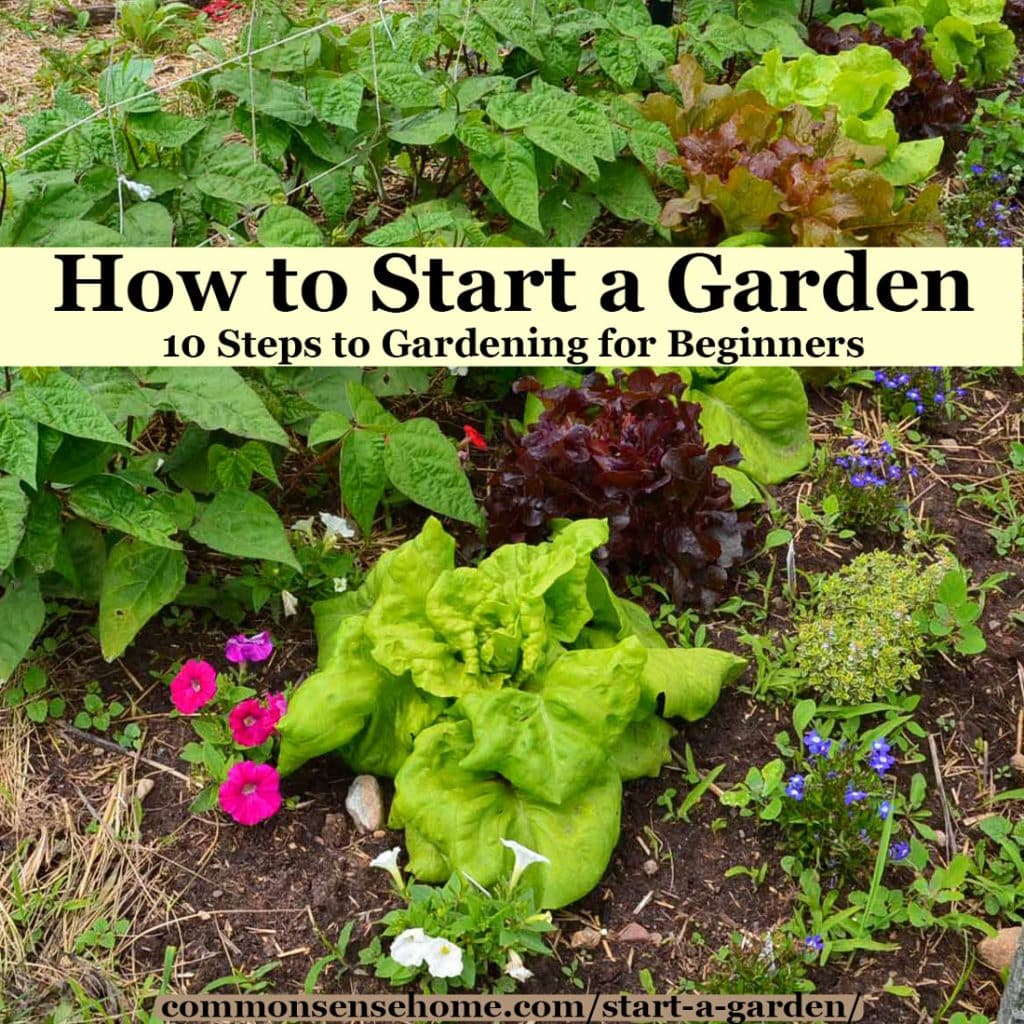How to Start Sustainable Gardening: A Comprehensive Guide for Beginners

Imagine transforming your backyard into a thriving ecosystem, a sanctuary that not only beautifies your space but also benefits the environment. Sustainable gardening is more than just a hobby; it's a commitment to eco-friendly practices that nurture both your garden and the planet. Whether you're a novice or a seasoned gardener, this guide will equip you with the essential beginner gardening tips to embark on your sustainable gardening journey.
Understanding Sustainable Gardening
Sustainable gardening is about creating a harmonious balance between your garden and the natural world. It involves using organic practices, selecting sustainable plants, and implementing eco-friendly gardening techniques. By adopting these principles, you can reduce your environmental footprint and create a healthier, more resilient garden.
Why Choose Sustainable Gardening?
Sustainable gardening offers numerous benefits. It conserves water, reduces waste, and supports local biodiversity. Moreover, it promotes healthier soil and plants, which in turn produce better yields. By choosing sustainable gardening practices for beginners, you're investing in a greener future for yourself and the planet.
Getting Started: Essential Beginner Gardening Tips
1. Choose the Right Location
The first step in sustainable gardening is selecting the right location. Consider factors like sunlight, soil quality, and water access. A sunny spot with well-draining soil is ideal for most plants. Avoid areas prone to flooding or excessive shade.
2. Select Sustainable Plants
Choosing the right plants is crucial for a sustainable garden. Opt for native plants that are adapted to your local climate and soil conditions. These plants require less water and are more resistant to pests and diseases. Additionally, they support local wildlife and pollinators.
3. Implement Organic Practices
Organic gardening practices are the cornerstone of sustainable gardening. Avoid synthetic fertilizers and pesticides, which can harm the environment and your health. Instead, use compost and natural fertilizers to enrich your soil. Organic practices promote healthier plants and a more balanced ecosystem.
4. Conserve Water
Water is a precious resource, and sustainable gardening aims to use it wisely. Install a rain barrel to collect rainwater for your garden. Use drip irrigation systems to deliver water directly to plant roots, reducing waste. Mulch your garden beds to retain moisture and suppress weeds.
5. Practice Garden Maintenance
Regular garden maintenance is essential for a sustainable garden. Prune your plants to encourage healthy growth and remove diseased or damaged foliage. Rotate your crops to prevent soil depletion and pest infestations. Keep your garden clean to minimize the spread of diseases.
Eco-Friendly Gardening Techniques
Composting
Composting is a fundamental eco-friendly gardening technique. It turns organic waste into nutrient-rich soil amendments. Start a compost pile with kitchen scraps, yard waste, and other organic materials. Over time, these materials will break down into compost, which you can use to enrich your garden soil.
Mulching
Mulching is another essential practice in sustainable gardening. It involves covering the soil surface with organic materials like wood chips, straw, or leaves. Mulch helps retain soil moisture, suppresses weeds, and regulates soil temperature. It also adds organic matter to the soil as it decomposes.
Companion Planting
Companion planting is a smart way to enhance your garden's biodiversity and productivity. Certain plants benefit from being grown together, as they can deter pests, improve soil health, and even enhance each other's growth. For example, planting marigolds near tomatoes can help repel nematodes, while basil can improve the flavor of tomatoes.
Sustainable Gardening Tools and Resources
To get started with sustainable gardening, you'll need some basic tools and resources. Here are a few essentials:
- Gardening Gloves: Protect your hands while working in the garden.
- Hand Trowel: Useful for planting and transplanting.
- Pruning Shears: Essential for pruning and maintaining your plants.
- Compost Bin: For collecting and composting organic waste.
- Rain Barrel: To collect rainwater for irrigation.
For more in-depth information, check out these authoritative resources:
- The National Wildlife Federation's Guide to Native Plants
- The Rodale Institute's Guide to Organic Gardening
Conclusion
Sustainable gardening is a rewarding journey that connects you with nature and contributes to a healthier planet. By following these beginner gardening tips and implementing eco-friendly practices, you can create a thriving, sustainable garden. Remember, every small step you take towards sustainability makes a difference.
So, are you ready to transform your backyard into a green oasis? Start with these sustainable gardening practices for beginners, and watch your garden flourish. Happy gardening!
FAQs
What are the benefits of sustainable gardening? Sustainable gardening conserves water, reduces waste, supports local biodiversity, and promotes healthier soil and plants.
How do I choose the right plants for my sustainable garden? Opt for native plants that are adapted to your local climate and soil conditions. These plants require less water and are more resistant to pests and diseases.
What are some essential tools for sustainable gardening? Basic tools include gardening gloves, a hand trowel, pruning shears, a compost bin, and a rain barrel.
How can I conserve water in my garden? Install a rain barrel to collect rainwater, use drip irrigation systems, and mulch your garden beds to retain moisture.
What is companion planting, and how does it benefit my garden? Companion planting involves growing certain plants together to deter pests, improve soil health, and enhance each other's growth. It increases biodiversity and productivity in your garden.

0 Response to "How to Start Sustainable Gardening: A Comprehensive Guide for Beginners"
Post a Comment